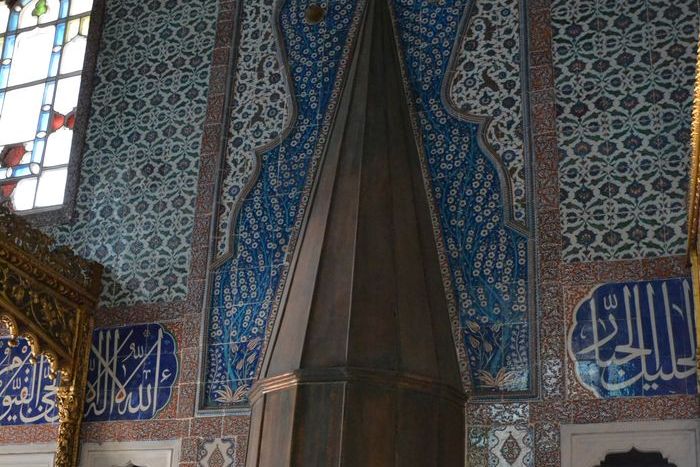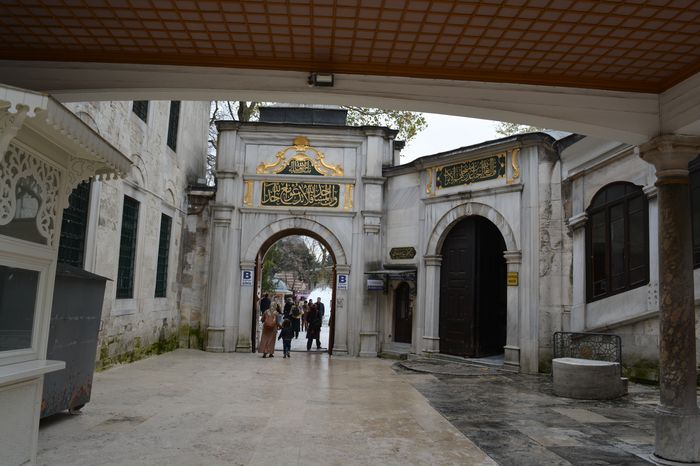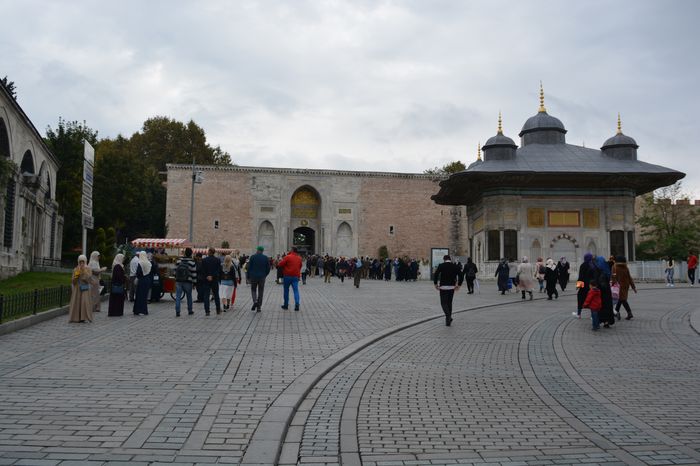Constantinople’s rulers still saw the riches of worlds flow into their hands, and Constantinople grew and flourished in consequence. The supreme urban achievement in antiquity was the life of a parasite, drawing wealth from landholdings tilled by peasants or, for the courtier, from taxes. With few cities and many peasants, this model could last a surprisingly long time. Ancient cities, moreover, were created in ignorance and maintained in wasteful ostentation.
The city of Rome, for example, gained no special economic advantages in imperial times from its location.3 Although it lay close by the naturally flourishing port city of Ostia a few miles away, it mainly grew and thrived by collecting taxes, while attracting the empire’s richest landowners to live there as senators and citizens. The spectacular monuments of Roman greatness depend on coercing and seducing the outside wealth of its vast empire. As a vivid symbol of this dependence, witness the steady flow of grain ships across the Mediterranean year after year, feeding the populace of Rome on the produce of Africa. A tiny oligarchy like Rome and a vast peasantry like Africa can survive and go on that way for a long time.
So from the beginning Constantinople replicated the Roman model. Alexandria supplied much of Constantinople’s grain—and Egypt was naturally rich enough to be able to spare the surplus. Two or three times a year, whole fleets of grain ships arrived, filling a seemingly endless stretch of wharves with urgently welcomed cargo. Water was a different story—it was piped in from fifty miles and more away in Thrace bulgaria private tour.
Rome in constructing aqueducts
City fathers followed the example of the first Rome in constructing aqueducts, with only a meager local water supply (no helpful Tiber here), and they could look for help only northward into Thrace. For 500,000 people, there was usually enough, but such dependency was still often a source of deep anxiety. (One innovative answer to the problem still greets visitors today. After the great riot of 532, Justinian took advantage of the subsequent urban renewal to build a huge underground cistern 460 feet long and 230 feet wide, its roof supported by 336 columns 26 feet high. A sixteenth-century Swiss traveler claimed credit for rediscovering it when residents had forgotten it was there. It still amazes tourists.)
There were other anxieties. Slaves, soldiers, and the poor were there in abundance, living in cheaply constructed buildings too close together, easy prey to fire. One count has noted seven major fires in Justinian’s city, most notably after the great Nika uprising that defined the reign. There is no adequate count of the number of earthquakes Constantinople endured, including those severe enough to damage the greatest monuments.4 An ancient city like this was a spectacle bought at a high price and trembled on the edge of disaster every moment. Eventually, as we shall see, the worst did come: the plague of the 540s.
This new Rome on the Bosporus had the great advantage of having been built from scratch. Old Rome had to undergo considerable urban renewal to shoehorn onto its central hills ostentatious new dwellings for its rulers, most notably the Golden House of Nero. But it was always crowded, and even the greatest houses were only a reflection of senators’ spectacular rural villas. They built their best properties in Campania and down around the Bay of Naples, with others—including some astonishing displays of wealth—in Sicily and even Africa. Rome’s wealth and power stemmed from those squires and gentlemen, short on talent but awash in abundance. What ability there was in the later empire went to the army and the court. Rome was very, very rich but could not be called a city with a future Theodosius II surrounded.
Valentinian III
Constantinople, on the other hand, was all power and future. It was built for its rulers, and its rulers were men of that city: government officials, lawyers, bankers, careerists. Some heirs of great fortunes moved to town to pursue power, arriving as refugees from other cities and political events, both western and eastern. One sprig of the ancient Anicii of Rome, Olybrius, had ruled as emperor briefly in the west in 472 after Anthemius, with nominal support from Constantinople. He married Placidia, daughter of the emperor Valentinian III. Olybrius had a family tree that crossed and recrossed the house of Theodosius at several points. A detour through empire was a step down for him in some ways, so perhaps unsurprisingly it all came to naught. Ricimer and Odoacer were at that point the future in the west. In the next years, Olybrius’s beautiful and extraordinarily wealthy daughter Anicia Juliana emerged in Constantinople as a woman to be reckoned with.







